Green Amaranthus
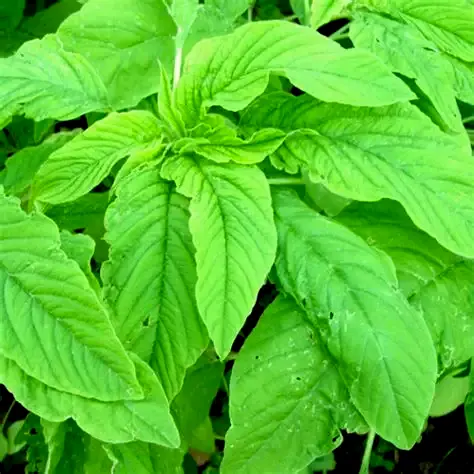

Green Amaranthus
Product Price:
₹40.00 Original price was: ₹40.00.₹30.00Current price is: ₹30.00.
Pack of 2000 plus seeds
Everyday essentials can support a healthier planet. This choice reflects a commitment to natural balance, using fewer resources and encouraging long-term use. Ideal for anyone looking to live more lightly and protect what matters most—our shared environment.
Description
🌿 Green amaranthus, also known as Amaranthus viridis, is a leafy vegetable cherished across many cultures for its nutrition, versatility, and earthy flavor. In Kerala, it’s commonly called kuppacheera (കുപ്പച്ചീര), and it’s a staple in traditional dishes like stir-fries and curries.
🧬 Nutritional Highlights
Green amaranthus is a powerhouse of nutrients:
- Vitamins: Rich in A, C, and K—great for immunity, skin, and bone health.
- Minerals: High in calcium, iron, magnesium, and potassium.
- Protein & Fiber: Offers plant-based protein and dietary fiber, aiding digestion and satiety.
- Antioxidants: Contains carotenoids, flavonoids, and chlorophyll, which help fight oxidative stress.
🍽️ Culinary Uses
- Raw: Young leaves can be added to salads for a nutty, spinach-like taste.
- Cooked: Mature leaves are best stewed, sautéed, or added to soups and dals.
- Seeds: Edible and mildly nutty—can be toasted or boiled into porridge.
🌱 Cultural Tidbits
- In West Africa, it’s known as ewe tete and used in both food and traditional medicine.
- In Bengali cuisine, it’s called note shak and often paired with mustard seeds.
- In Ayurveda, it’s referred to as Tanduliya and used for its cooling and detoxifying properties
Related products
-
Sale!
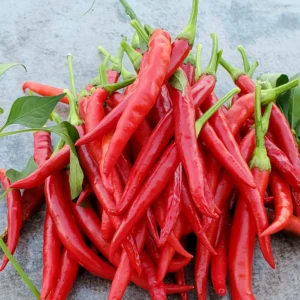
Guntur Chilli
₹40.00Original price was: ₹40.00.₹30.00Current price is: ₹30.00. Add to cart -
Sale!
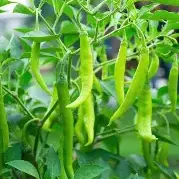
Jwala Chilli
₹40.00Original price was: ₹40.00.₹30.00Current price is: ₹30.00. Add to cart -
Sale!
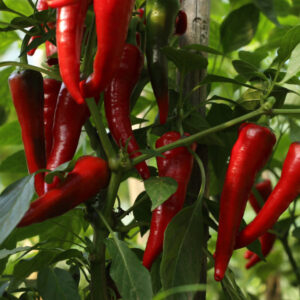
Byadagi Hot Chilli
₹40.00Original price was: ₹40.00.₹30.00Current price is: ₹30.00. Add to cart -
Sale!
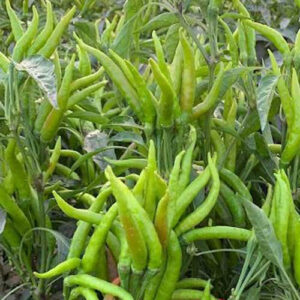
Upright Chilli Green
₹40.00Original price was: ₹40.00.₹30.00Current price is: ₹30.00. Add to cart -
Sale!
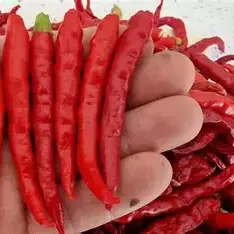
Teja Chilli
₹40.00Original price was: ₹40.00.₹30.00Current price is: ₹30.00. Add to cart -
Sale!
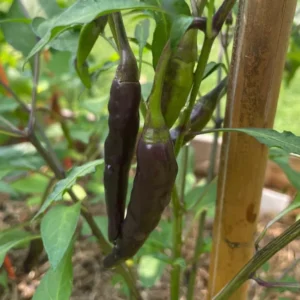
Hybrid Black chilli
₹40.00Original price was: ₹40.00.₹30.00Current price is: ₹30.00. Add to cart -
Sale!
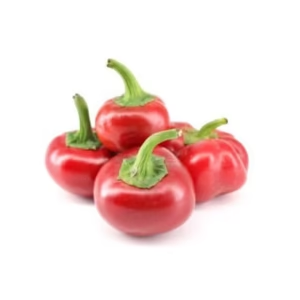
Cherry Chilli
₹40.00Original price was: ₹40.00.₹30.00Current price is: ₹30.00. Add to cart -
Sale!

Round Chilli
₹40.00Original price was: ₹40.00.₹30.00Current price is: ₹30.00. Add to cart -
Sale!
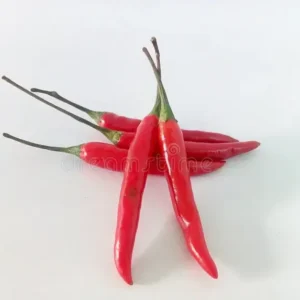
Chinese Chilli Medium spicy
₹40.00Original price was: ₹40.00.₹30.00Current price is: ₹30.00. Add to cart -
Sale!
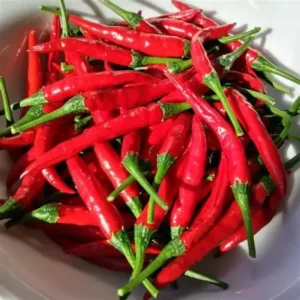
Chinese Chilli Spicy
₹40.00Original price was: ₹40.00.₹30.00Current price is: ₹30.00. Add to cart

GOSHO.STORE is your go-to online destination for quality products, great deals, and a seamless shopping experience. From everyday essentials to exclusive finds, we bring convenience, value, and customer satisfaction to the forefront of online shopping. Shop smart. Shop easy.
Shop with GOSHO.
Reviews
There are no reviews yet.